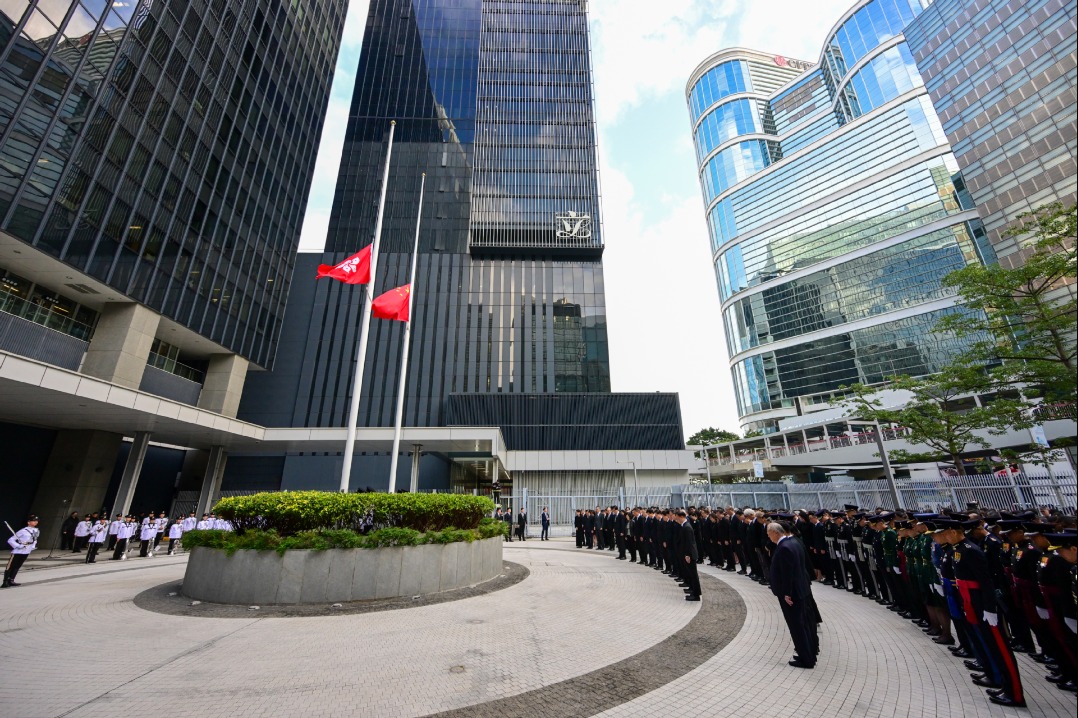Dot icon
A new retrospective of works by Japanese legend Yayoi Kusama at M+ affirms the artist's endless capacity for renewal and reinvention, writes Chitralekha Basu.


"There's a very toxic, green neon quality to the painting," remarks the exhibition's co-curator, Mika Yoshitake. "Produced in the same year as the Fukushima nuclear disaster and the (Tohoku earthquake and) tsunami, it was her response to what was happening in the world."
Yoshitake confirms that Kusama, now 93 and living in a mental health facility, continues to paint every day. The exhibition culminates in a cluster of joyous, life-affirming images done in fluorescent colors over the past summer. In some of these, Kusama has added a folksy spin to her trademark intense concentration of motifs style by swapping her signature dots for eyes and throwing in a mix of earthy hues to the color palette in a way that resonates with the infinite replication of traditional motifs in indigenous art forms of Africa, India and Indonesia. Many of these new works bear the same title: Every Day I Pray for Love.
"She always has a good grasp of the time she's living in and captures it in her art," says Midori Yamamura, associate professor of art history at Kingsborough Community College, City University of New York, and author of Yayoi Kusama: Inventing the Singular. "So Kusama's prayer for love and peace, in her latest series of paintings, might be seen as an extension of the 1960s Flower Power slogan 'Make Love, Not War' - a sincere aspiration for a peaceful future, coming from a person who's lived through the Pacific and Vietnam wars."
























